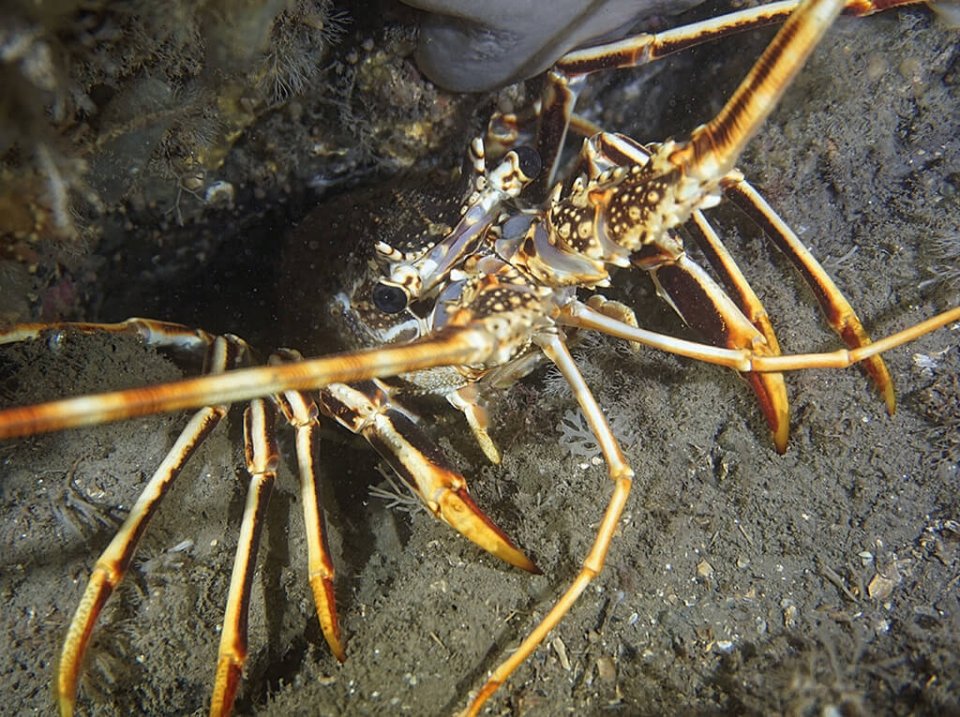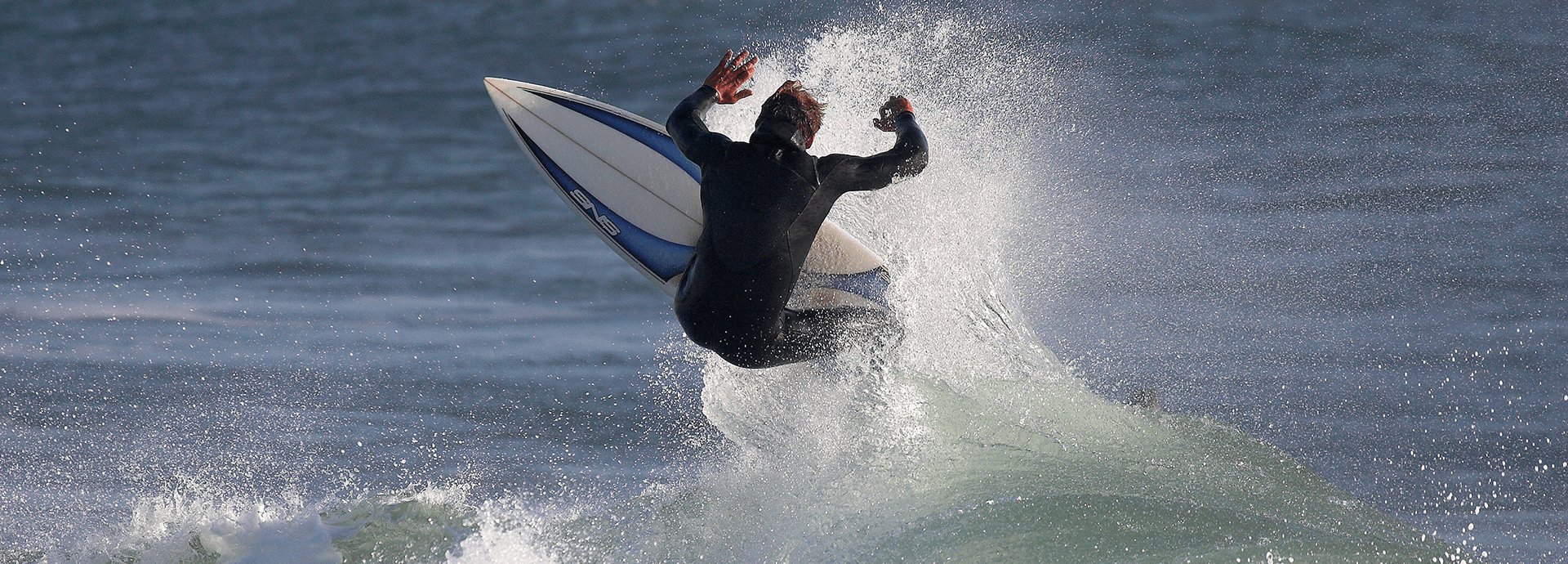What is a SAC?
Globally we are losing areas of wildlife habitat and populations of many plants and animals are in decline. The extinction of the Yangtse or Chinese white river dolphin is a recent example of this loss. Special Areas of Conservation (SACs) are part of Europe’s response to try and address this loss.
In 1992 many countries from all around the globe came together at the Earth Summit in Rio de Janeiro to discuss global biodiversity and what they could do to help conserve it. A major outcome of this for Europe is a document called the Habitats Directive. The aim of the Habitats Directive is to help conserve the diversity of habitats and species across the European Union.
The 1992 EC Habitats Directive requires member states to take a variety of measures to help safeguard biodiversity. These measures include the designation of Special Areas of Conservation (SACs) on land and at sea. Each SAC is designated for particular habitats and species, and they are to be managed in ways that help conserve those habitats and species.
The Habitats Directive has been translated into UK law as the Habitat Regulations 1994. These regulations set out the powers and duties of UK statutory bodies in order that they comply with and carry out the aims of the European Habitats Directive.
SACs together with SPAs (Special Protection Areas – classified under the 1979 EC Birds Directive for the conservation of birds) form a network of sites called Natura 2000 that span the European continent. These sites are also called European Sites or if they are marine sites they are called European Marine Sites.

